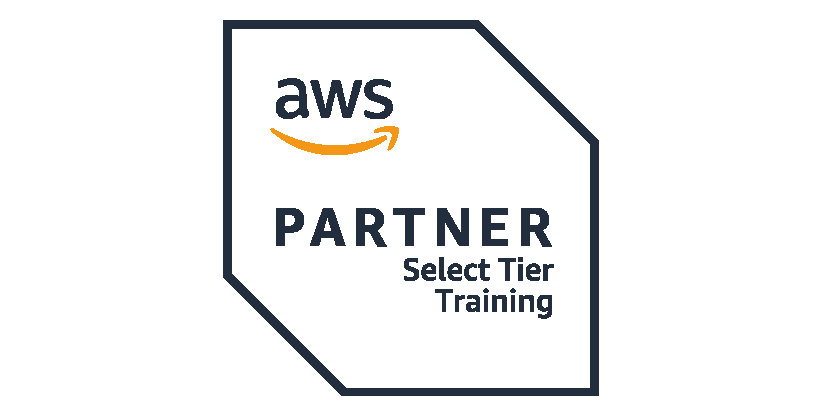Architecting on AWS is for solutions architects, solution-design engineers, and developers seeking an understanding of AWS architecting. In this course, you will learn to identify services and features to build resilient, secure and highly available IT solutions on the AWS Cloud. Architectural solutions differ depending on industry, types of applications, and business size. AWS Authorized Instructors emphasize best practices using the AWS Well-Architected Framework, and guide you through the process of designing optimal IT solutions, based on real-life scenarios. The modules focus on account security, networking, compute, storage, databases, monitoring, automation, containers, serverless architecture, edge services, and backup and recovery. At the end of the course, you will practice building a solution and apply what you have learned with confidence.
Activities
This course includes presentations based on use cases, group discussions, demonstrations, assessments, and hands-on labs
Course objectives
In this course, you will:
- Identify AWS architecting basic practices.
- Explore using the AWS management tools: The AWS Console, Command Line Interface (CLI), and CloudFormation in a lab environment.
- Examine the enforcement of accounts security using policies.
- Identify the elements that build an elastic, secure, virtual network that includes private and public subnets.
- Practice building an AWS core networking infrastructure.
- Determine strategies for a layered security approach to Virtual Private Cloud (VPC) subnets.
- Identify strategies to select the appropriate compute resources based on business use-cases.
- Practice building a VPC and adding an Elastic Cloud Compute (EC2) instance in a lab environment.
- Practice installing an Amazon Relational Database Service (RDS) instance and an Application Load Balancer (ALB) in the VPC you created.
- Compare and contrast AWS storage products and services, based on business scenarios.
- Compare and contrast the different types of AWS database services based on business needs.
- Practice building a highly available, auto-scaling database layer in a lab.
- Explore the business value of AWS monitoring solutions.
- Identify and discuss AWS automation tools that will help you build, maintain and evolve your infrastructure.
- Discuss network peering, VPC endpoints, gateway and routing solutions based on use-cases
- Discuss hybrid networking configurations to extend and secure your infrastructure.
- Discuss the benefits of microservices as an effective decoupling strategy to power highly available applications at scale.
- Explore AWS container services for the rapid implementation of an infrastructure-agnostic, portable application environment.
- Identify the business and security benefits of AWS serverless services based on business examples.
- Practice building a serverless infrastructure in a lab environment.
- Discuss the ways in which AWS edge services address latency and security.
- Practice building a CloudFront deployment with an S3 backend in a lab environment.
- Explore AWS backup, recovery solutions, and best practices to ensure resiliency and business continuity.
- Build a highly available and secure cloud architecture based on a business problem, in a project-based facilitator-guided lab.
Intended audience
This course is intended for solutions architects, solution-design engineers, developers seeking an understanding of AWS architecting and individuals seeking the AWS Solutions Architect-Associate certification.

